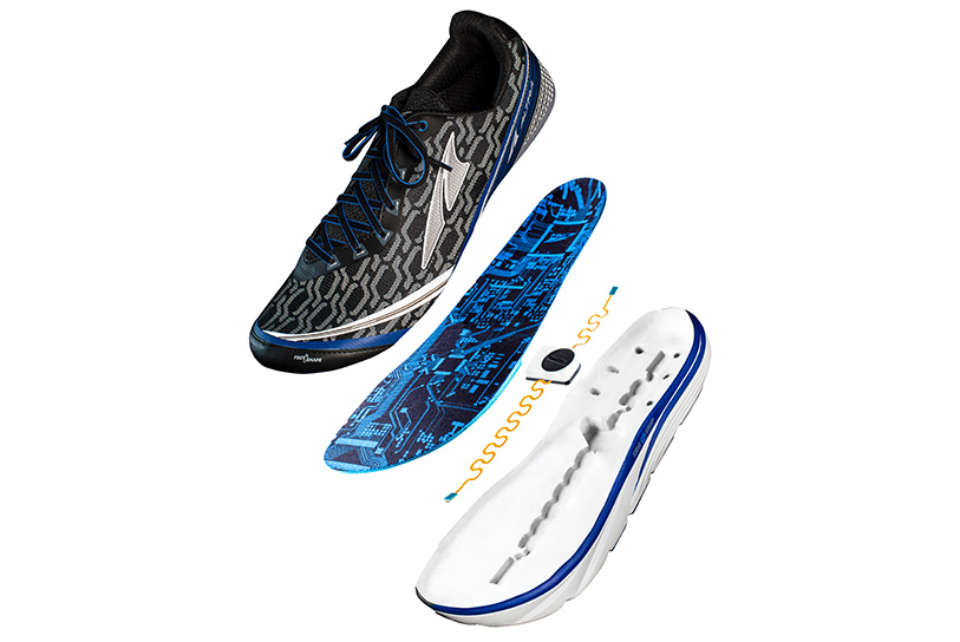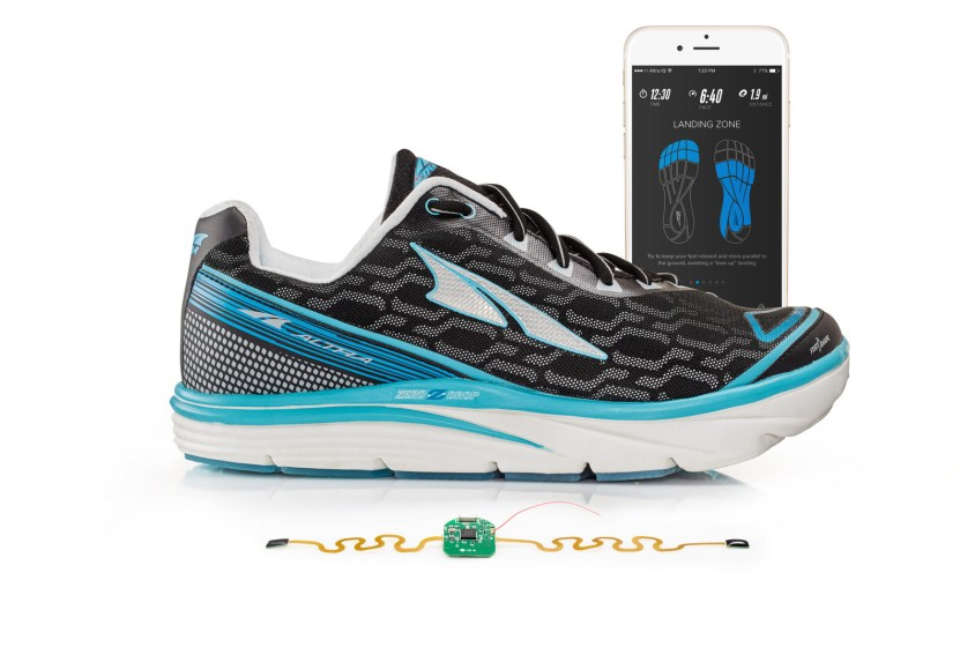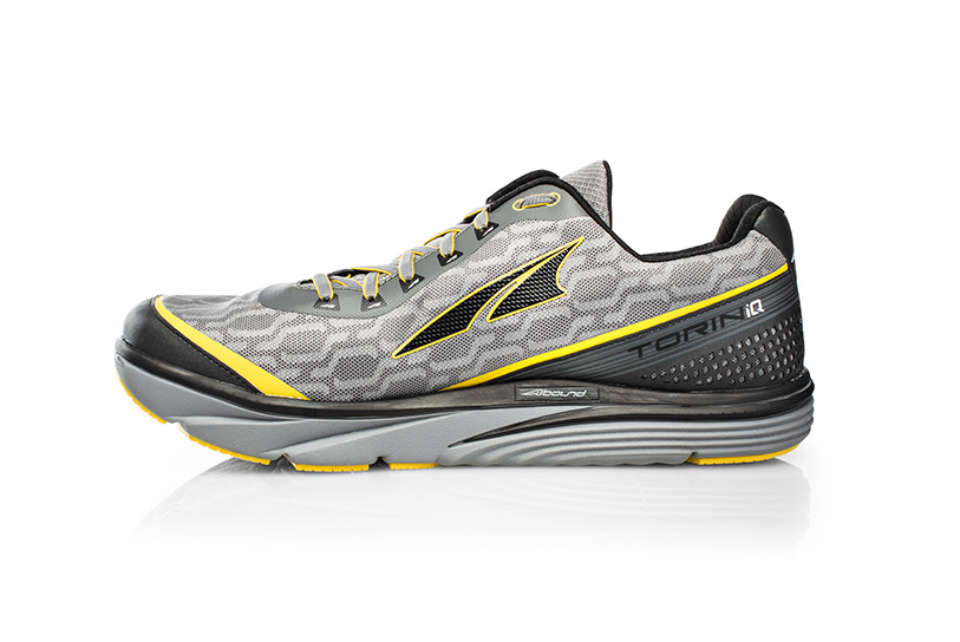Can there be such a thing as too smart? That question is hotly debated in many circles. We want our kids to be smart. Our phones to be intuitive. According to trend trackers like Gartner, by 2022, “a typical family home could contain more than 500 smart devices”.
Since smart technology is everywhere, it came as no surprise to many when the footwear industry embraced it. By 2015, kids’ shoes fitted with GPS chips gave parents peace of mind. Alzheimer’s disease caretakers applauded GPS chips added to shoes so dementia sufferers could be located quickly if they wander away.
Both situations solved contemporary safety issues plaguing societies, but running shoes? In fact, smart running shoes serve myriad purposes in this day and age, not least of which is monitoring the feet so expertly, you could conceivably see an end to you repetitive running injuries if you embrace this technology, too.
What is a smart shoe?
There is no such thing as a smart “shoe” because the brains of these new products are actually confined to soles. Smart technology embedded in soles connect to a smartphone app that provides data. Early forms of smart shoes, claims Wikipedia, were called “interactive haptic footwear”, employing GPS tracking mechanisms that acted as navigational aids.
According to editors tracking running shoe trends for the publication “Men’s Journal”, the Altra IQ hit the market running in 2011 and is considered a forerunner in this niche. This shoe featured sensors embedded in the soles capable of delivering real-time stride analysis. Feedback is delivered via smart watches, phones and earbuds.
In 2012, Nike and UnderArmour (UA) launched versions of smart shoes, but only UA succeeded in winning over runners with the introduction of the UA Speedform Gemini 2. Reviewers were less than kind describing features on Nike and bad sales numbers told the whole story. Over the next couple of years, new iterations of Altra smart shoes were introduced, and with each new design, the IQ model grew smarter.

Everyone wants a piece of the action
In 2015, the Chinese footwear firm Xiaomi made headlines by announcing that they had come up with the secret to producing smart running shoes at prices no runner could ignore. The company’s press release headline read: “Xiaomi unveils smart running shoes, starting at just $30.”
We’re not making this up. According to the manufacturer, these app-connected athletic shoes are the product of Xiaomi in concert with Li-Ning, another Chinese company. Two versions were made available to runners: One pair sold for $64.50 USD and another for $32 USD. Both owe their technological prowess to Xiaomi’s Mi Fit app which offers Bluetooth connectivity.
The heavy hitters are back
If you decide to give your feet the gift of smart running shoes, three of the most written-about shoes on the 2017 market are the UnderArmour SpeedForm Gemini 3 RE, SpeedForm Velociti RE and SpeedForm Europa RE, all profiled on the Competitor website.
UA calls their shoes “connected footwear.” Powered by MapMyRun and a UA mobile app that does everything but run on your behalf, this smart shoe’s repertoire includes tracking features that keep tabs on cadence and pace, monitors muscle fatigue levels and even keeps track of your shoe’s mileage from the first time you wear them to the day you retire them.
But UA isn’t the only game in town: the 2017 Altra Torin IQ just debuted and they’re back with a vengeance. After all, Altra has a reputation to uphold and according to reviewers and testers, this is the brand to beat when considering the big picture.

Why Altras deserve your consideration
Brian Heater, writing for TechCrunch, calls this shoe “inevitable.” These shoes won’t make you faster or dispense energy bars on long runs but they offer to do something better: According to the engineers responsible for designing 2017 Altra smart shoes, they not only track statistics but are also designed to help runners avoid repetitive injuries.
If you’re wondering how this is possible, Altra offers this explanation: The app is programmed to track foot sectors: left and right sides plus the heel. A “built-in audio assistant” monitors your footfalls in real time, so you receive signals that you need to adjust your stride or pace if you wish to avoid injury. This virtual assistant also motivates you. At the end of your run, the additional performance data you expect from smart technology pops up on your device.
Did Altra compromise on looks, fit and comfort to deliver a shoe that thwarts injury? No way. These kicks are so comfortable, fans insist they experienced no break-in problems. In addition to that all-important injury prevention system, IQ’s Foot Shape ventilation feature keeps feet cool, and despite all of this technology, these shoes are surprisingly lightweight.

Will price deter you from buying smart shoes?
It’s a question most runners ask themselves as they review new smart shoes with prices like the one attached to the Altra IQ, retailing for about $220 USD. That’s about twice the cost of regular high-quality athletic shoes on today’s market and savvy runners are curious about whether the industry is capable of producing complex shoes at reasonable price points in the near future.
We turned to the Science of Sport website, a Cape Town, South Africa publication, for answers about whether price equates to injury prevention, since this is one of the biggest factors cited when justifying the cost of smart shoes.
Science of Sport staff have been monitoring running shoe performance for 30 years, and staffers conducted a study in 1989 that produced startling results: “Runners who ran in shoes costing more than $95 actually were twice as likely to get injured than runners who ran in shoes costing only $40!”
Food for thought in today’s competitive shoe market. We bring this point up to suggest that price shouldn’t always determine which shoe you choose. Athletic footwear manufacturers want runners to favour their brands—to become brand loyal—by offering the latest and greatest innovations like smart shoe technology.
The production of smart shoes is moving at warp speed, so you have decisions to make. Will you wait until prices drop? On the other hand, can you put a price on repetitive injury prevention? Never before has your shoe choice been this profound!
What attracts you most about the idea of smart running shoes? Is it their ability to track your performance stats or injury-prevention features?





